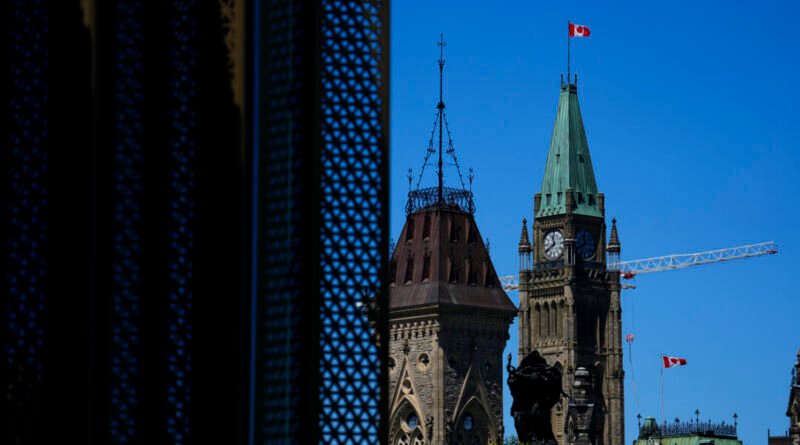John Robson Explains Why Governments Continue to Grow in Size
Commentary
My hopes were momentarily lifted when I saw a photo of Britain’s compact new cabinet, prompting a comparison to the size of ours. I was about to draw a Chestertonian paradox between their larger Parliament and our cabinet. However, upon closer inspection, I discovered that the British cabinet is actually quite large, further diminishing self-government by giving more power to the executive over the legislature.
For ordinary Parliamentary Secretaries, there is an additional £23,697 bonus (C$41,398), on top of their parliamentary salaries of £91,346 plus expenses. A Minister of State receives £33,002. There are also specific roles like the “Minister in charge of a public department of Her Majesty’s Government in the United Kingdom who is not a member of the cabinet, and who is not eligible for a salary under any other provision of this Act,” and up to seven “Assistant Whip, House of Commons” receiving £19,239. However, this issue is not about political affiliations or specific individuals.
The real concern lies in the vast state machinery of Canada, with a workforce of 4.2 million citizens, where only a select few thousand legislators are chosen to represent us at federal, provincial/territorial, and municipal levels. These legislators are crucial in bridging the gap between the citizens and the power structure of the government.
Governments inherently rely on the use of force to execute key functions. The Anglophone tradition is the only one that has successfully navigated the delicate balance of a strong state that protects its citizens without oppressing them. This model entails an elected legislature that acts as a check on the executive, ensuring that our rights are upheld.
We do not seek visionary leaders to guide us on a grand journey; rather, we desire autonomy to build our lives and communities without undue interference or exploitation.
While there are alternative governance models, combining executive and legislative powers creates a “Convention government,” notorious for causing chaos at the state level post-American Revolution and during the Reign of Terror in France. This convergence seems to be the direction we are unwittingly moving towards.
In the past, monarchs attempted to exert absolute control through force, leading to disastrous outcomes like those under Charles I and James II. The 18th-century Hanoverians tried a subtler approach by co-opting Parliament, nearly reducing it to a ceremonial entity subordinate to the Crown. However, this strategy eventually failed, paving the way for a parliamentary democracy that prioritized citizen freedoms and minimal government interference, propelling Britain to greatness.
As cabinet sizes and executive influence continue to expand, the legislative oversight of the executive diminishes, culminating in an unwieldy and ineffective state apparatus. This trend underscores why the state has become bloated and unmanageable.
Views expressed in this article are opinions of the author and do not necessarily reflect the views of The Epoch Times.



